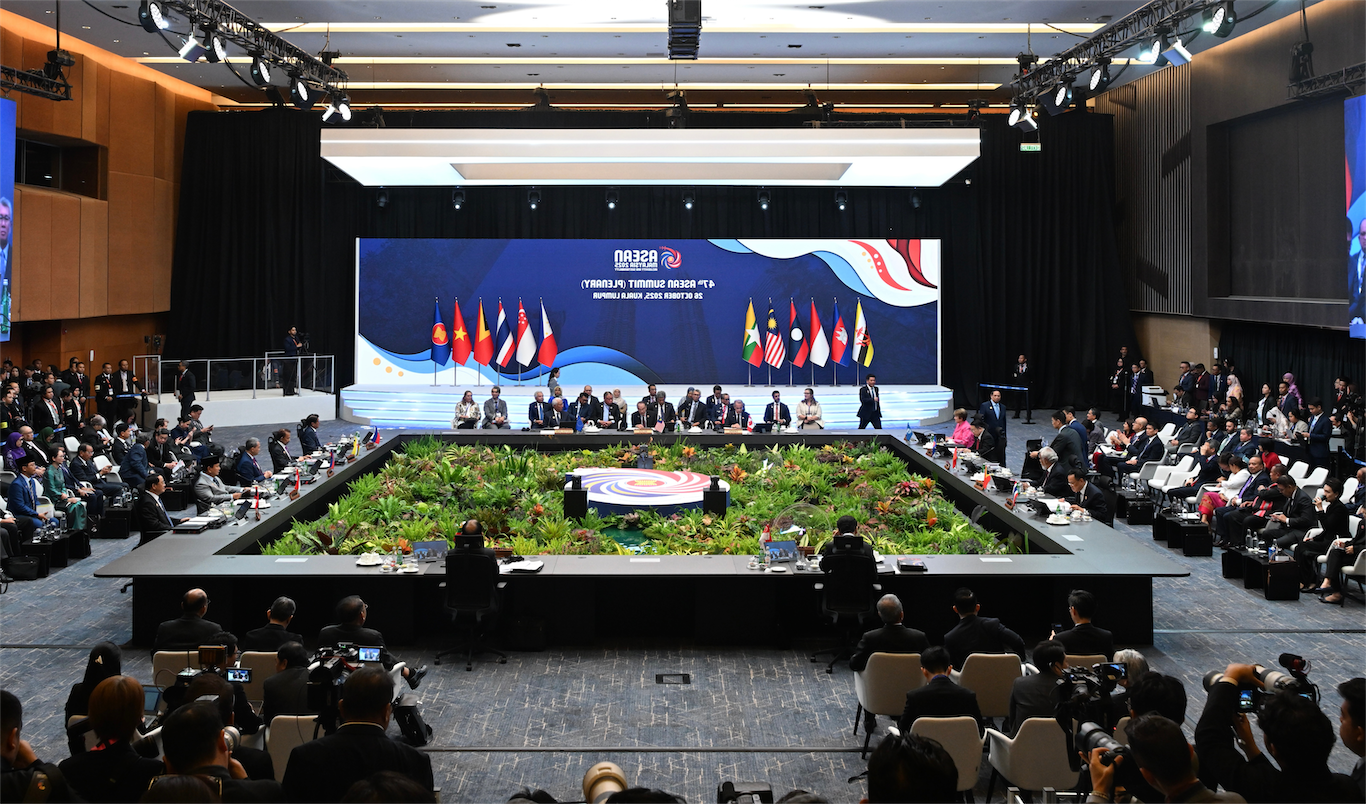Indonesia’s latest economic figures offer what appears to be an encouraging headline. According to official data from Badan Pusat Statistik (BPS), GDP grew 5.12% year-on-year in Q2 2025, up from 4.87% in Q1, with a sharp 4.04% quarterly jump, figures that would normally be interpreted as a sign of momentum building. Yet, beneath these promising aggregates lies a more complicated reality. While the top-line growth rate exceeds both pre-pandemic averages in several peer economies and Indonesia’s own 10-year post-commodity boom mean, its composition, sustainability, and policy implications warrant deeper scrutiny.
From the expenditure side, household consumption, the backbone of Indonesia’s economy, grew 4.97% YoY, a respectable pace but still softer than the pre-pandemic average of around 5.2–5.4%. The more striking surge came from investment, or gross fixed capital formation (GFCF), which jumped 6.99% YoY, its fastest pace in four years. Exports recorded a double 1 digit increase of 10.67%, buoyed by strong demand for certain commodities and manufactured goods, while imports surged even faster at 11.65%, reflecting robust domestic demand for capital goods and raw materials. Government consumption, by contrast, fell 0.33% YoY, indicating a subdued fiscal push in the quarter. The often-overlooked consumption by non-profit institutions serving households (NPISH) grew a notable 7.82% YoY, partly reflecting increased activity by community and civil society organisations







